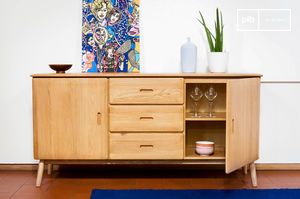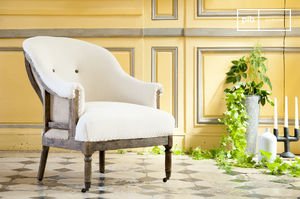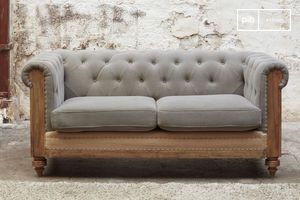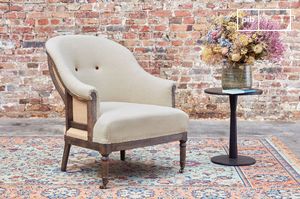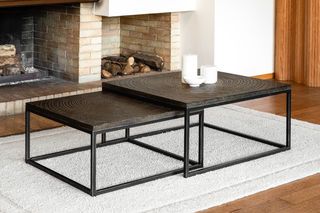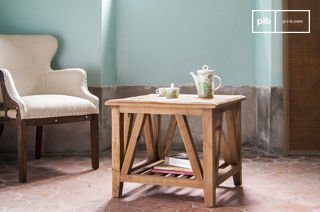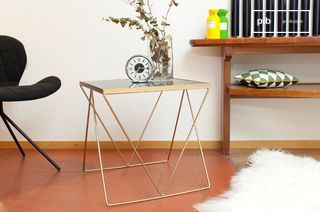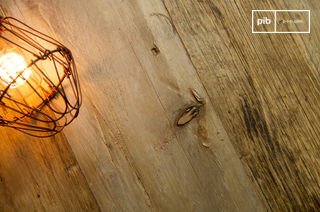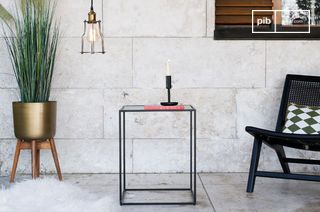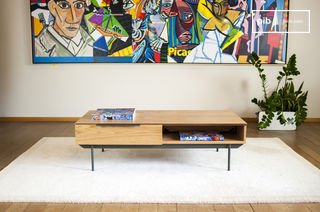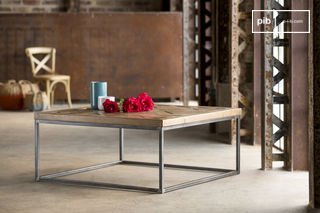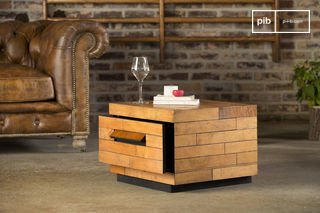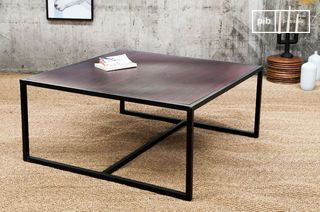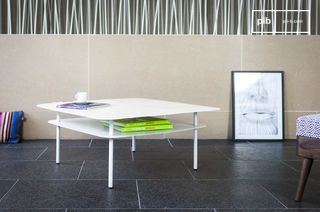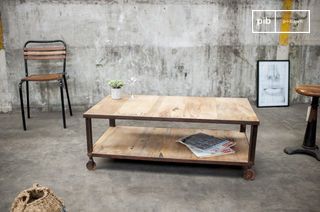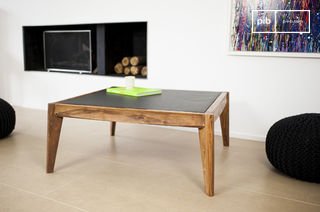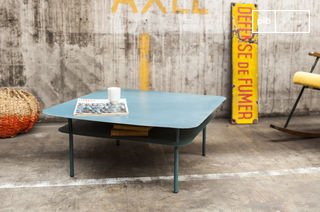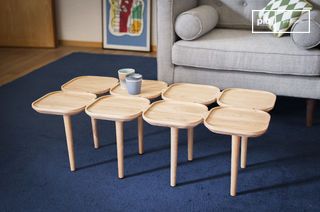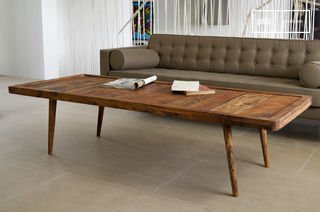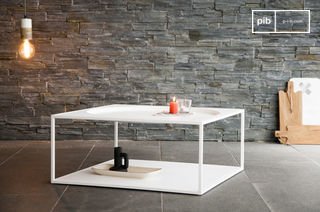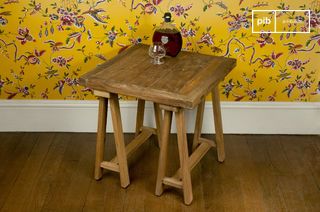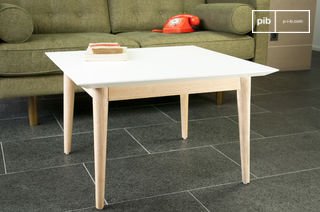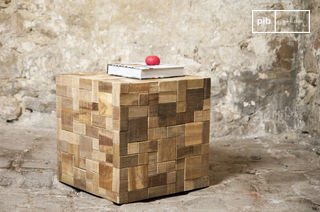Square coffee tables
Square coffee tables impose a clear geometry on the center of the room. Their regular format makes them easy to set up in symmetrical configurations: two sofas facing each other, an armchair on either side. Compact yet legible, a square coffee table is ideal for structured living rooms, with a well-defined central space. It allows a homogeneous distribution of uses all around the tabletop, with no hierarchy between seats. Here, the shape serves as a clear, stable spatial reference. read more >
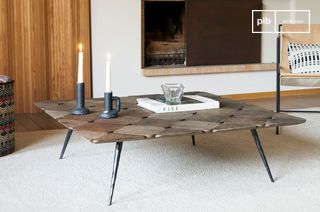
Large elm wood coffee tableLincoln
£1200 £840-30%

Elm wood coffee tableLincoln
£955 £765-20%
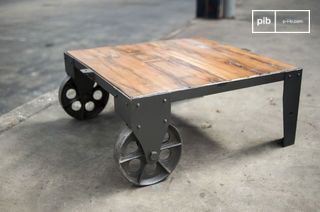
Wooden Coffee TableRailway
£645 £450-30%
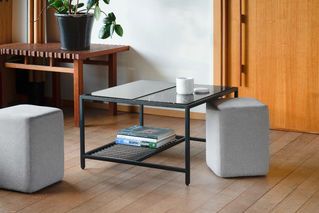
Marble coffee table with poufsNoora
£680 £550-20%

Black marble coffee tableAvedore
£605 £540-10%
Summer Sale
Up to 30% off a wide selection of chairs, furniture, and lighting.
Offer valid while stocks last.
Best-Sellers

The characteristics of a square coffee table
A square coffee table is based on a centered geometry, which structures space in a balanced way. Unlike rectangular models, it does not direct the reading of volume in a privileged direction. Its visual impact is symmetrical, which makes it easy to integrate into living room configurations based on centrality: two opposing seats, four armchairs arranged in a cross, or even a large sofa.
The distribution of uses occurs naturally. Each side can accommodate an object or a user without creating a functional hierarchy. The format is well suited to collective moments, as it offers each person direct access to the tabletop. It is often chosen for rooms where the aim is to maintain a formal balance and fluid circulation around the piece of furniture.
Formats, heights and structural variations
The square coffee table comes in several sizes, depending on the surface available and the role assigned. A small model (60 x 60 cm) acts as a simple support. A larger top (90 x 90 cm or 100 x 100 cm) becomes a central element, able to accommodate objects, trays or serve as a multifunctional surface. Heights generally vary between 30 and 45 cm, depending on the height of the surrounding seating and the intended use (resting, reading, entertaining).
Some versions are solid, with a homogeneous volume from floor to top. Others favor open structures: slim legs, frame-mounted tops, integrated storage. The square shape also lends itself to modular compositions: two or four small modules together form a complete unit, but can be separated as required. This type of modularity remains discreet but functional in everyday use.
Materials, visual effect and coherent layout
The choice of materials influences the perception of density. A squarely cut solid wood top produces a strong visual effect. A square glass coffee table on a metal frame reduces formal impact while retaining geometry. Concrete, reconstituted stone or stained wood provide a stronger visual mass, useful for anchoring the composition in open rooms.
Location must be coherent with traffic axes and other volumes present. A setback of 40 to 50 cm around the furniture is recommended to facilitate movement. A square table works well in a compact living room with marked perpendicular walls. It can also introduce regularity into a space with irregular geometry, provided the other elements don't create formal redundancy.
Opting for a square coffee table means inscribing a regular volume at the heart of the living room. This choice engages a stable organization of space, while allowing great freedom in the distribution of uses around the piece of furniture.
Opting for a square coffee table means inscribing a regular volume at the heart of the living room
